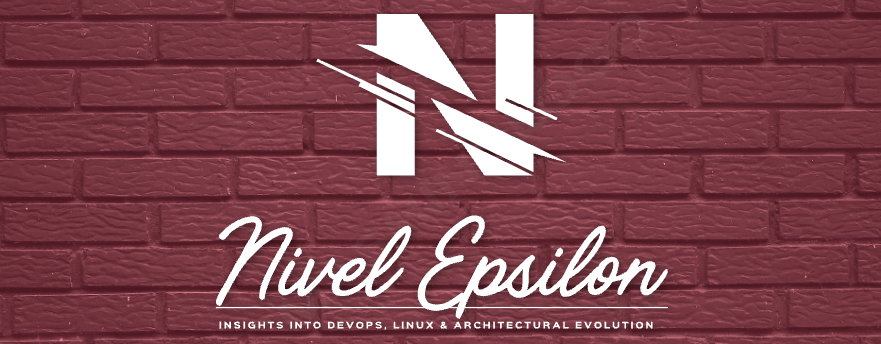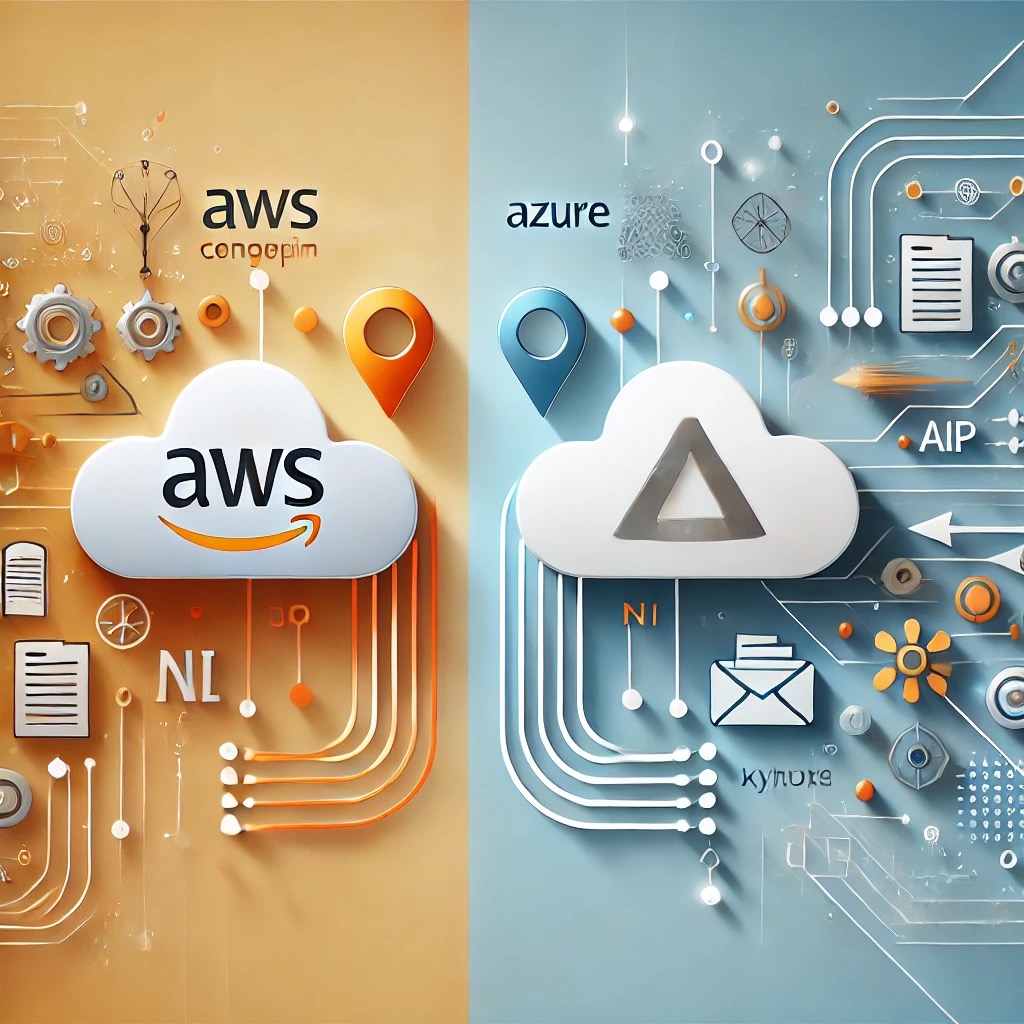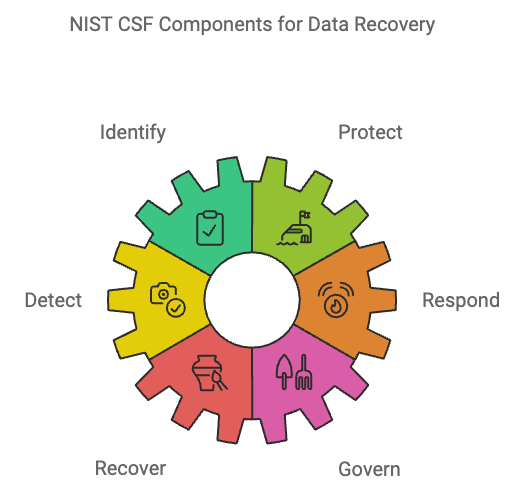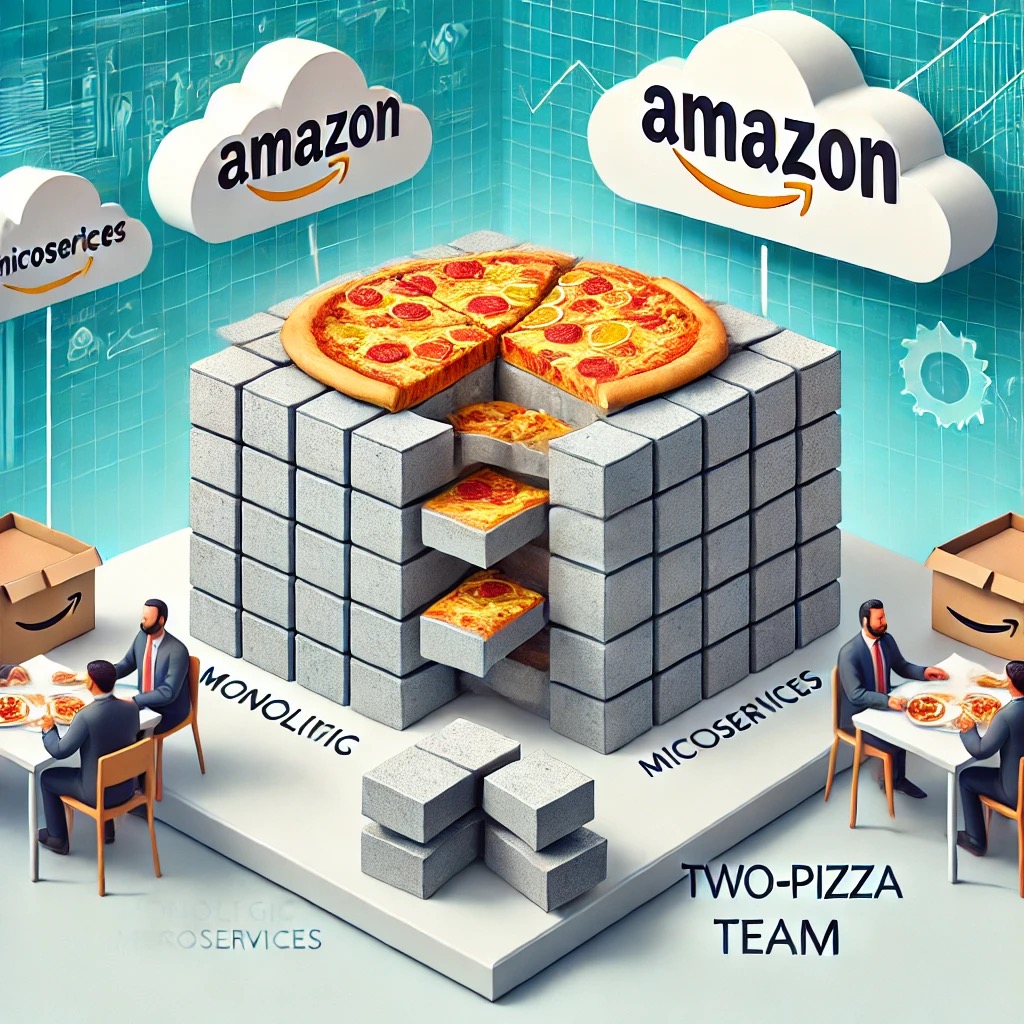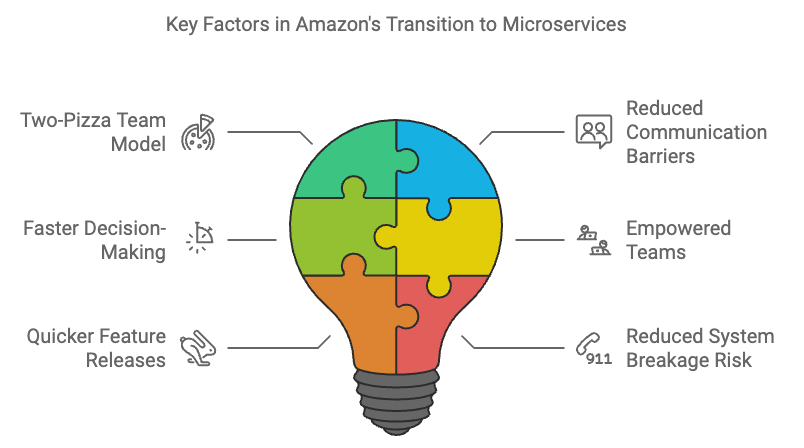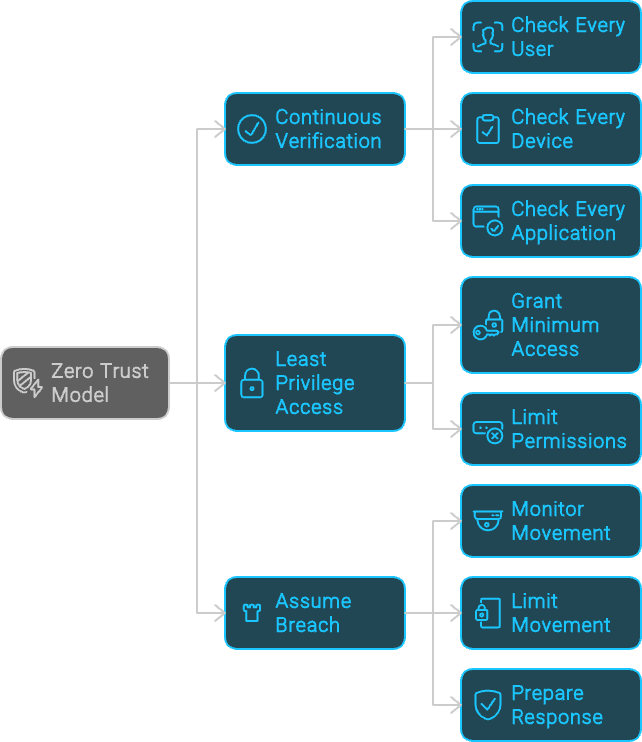
Imagine you’re a chef in a bustling restaurant kitchen. You’ve just created the most delicious recipe for chocolate soufflé. It’s perfect in your test kitchen, but you must consistently and efficiently serve it to hundreds of customers every night. That’s where things get tricky, right?
Well, welcome to the world of Machine Learning (ML). These days, ML is everywhere, spicing up how we solve problems across industries, from healthcare to finance to e-commerce. It’s like that chocolate soufflé recipe: powerful and transformative. But here’s the kicker: most ML models, like many experimental recipes, never make it to the “restaurant floor”, or in tech terms, into production.
Why? Because deploying, scaling, and maintaining ML models in real-world environments can be tougher than getting a soufflé to rise perfectly every time. That’s where MLOps comes in, it’s the secret ingredient that bridges the gap between ML model development and deployment.
What is MLOps, and why should you care?
MLOps, or Machine Learning Operations, is like the Gordon Ramsay of the ML world, it whips your ML processes into shape, ensuring your models aren’t just good in the test kitchen but also reliable and effective when serving real customers.
Think of MLOps as a blend of Machine Learning, DevOps, and Data Engineering, the set of practices that makes deploying and maintaining ML models in production possible and efficient. You can have the smartest data scientists (or chefs) developing top-notch models (or recipes), but without MLOps, those models could end up stuck on someone’s laptop (or in a dusty recipe book) or taking forever to make it to production (or onto the menu).
MLOps is crucial because it solves some of the biggest challenges in ML, like:
- Slow deployment cycles: Without MLOps, getting a model from development to production can be slower than teaching a cat to bark. With MLOps, it’s more like teaching a dog to sit—quick, efficient, and much less frustrating.
- Lack of reproducibility: Imagine trying to recreate last year’s award-winning soufflé, but you can’t remember which eggs you used or the exact oven temperature. Nightmare, right? MLOps addresses this by ensuring everything is versioned and trackable.
- Scaling problems: Making a soufflé for two is one thing; making it for a restaurant of 200 is another beast entirely. MLOps helps make this transition seamless in the ML world.
- Poor monitoring and maintenance: Models, like recipes, can go stale. Their performance can degrade as new data (or food trends) come in. MLOps helps you monitor, maintain, and “refresh the menu” as needed.
A real-world MLOps success story
Let me share a quick anecdote from my own experience. A few months back, I was working with a large e-commerce company (I won’t say its name). They had brilliant data scientists who had developed an impressive product recommendation model. In the lab, it was spot-on, like a soufflé that always rose perfectly.
But when we tried to deploy it, chaos ensued. The model that worked flawlessly on a data scientist’s ‘awesome NPU laptop’ crawled at a snail’s pace when hit with real-world data volumes. It was like watching a beautiful soufflé collapse in slow motion.
That’s when we implemented MLOps practices. We versioned everything, data, model, and configurations. We set up automated testing and deployment pipelines. We implemented robust monitoring.
The result? The deployment time dropped from weeks to hours. The model’s performance remained consistent in production. And the business saw a great increase in click-through rates on product recommendations. It was like turning a chaotic kitchen into a well-oiled machine that consistently served perfect soufflés to happy customers.
Key ingredients of MLOps
To understand MLOps better, let’s break it down into its main components:
- Version control: This is like keeping detailed notes of every iteration of your recipe. But in MLOps, it goes beyond just code, you need to version data, models, and training configurations too. Tools like Git for code and DVC (Data Version Control) help manage these aspects efficiently.
- Continuous Integration and Continuous Delivery (CI/CD): Imagine an automated system that tests your soufflé recipe, ensures it’s perfect, and then efficiently distributes it to all your restaurant chains. That’s what CI/CD does for ML models. Tools like Jenkins or GitLab CI can automate the process of building, testing, and deploying ML models, reducing manual steps and chances of human error.
- Model monitoring and management: The journey doesn’t end once your soufflé is on the menu. You need to keep track of customer feedback and adjust accordingly. In ML terms, tools like Prometheus for metrics or MLflow for model management can be very helpful here.
- Infrastructure as Code (IaC): This is like having a blueprint for your entire kitchen setup, so you can replicate it exactly in any new restaurant you open. In MLOps, managing infrastructure as code, using tools like Terraform or AWS CloudFormation helps ensure reproducibility and consistency across environments.
The sweet benefits of adopting MLOps
Why should you invest in MLOps? There are some very clear benefits:
- Faster time to market: MLOps speeds up the journey from model development to production. It’s like going from concept to menu item in record time.
- Increased efficiency and productivity: By automating workflows, your data scientists and ML engineers can spend less time managing deployments and more time innovating, just like chefs focusing on creating new recipes instead of washing dishes.
- Improved model accuracy and reliability: Continuous monitoring and retraining ensure that models keep performing well as new data comes in. It’s like constantly tweaking your recipe based on customer feedback.
- Reduced risk and cost: By implementing best practices for monitoring, logging, and retraining, MLOps helps reduce the risks of model failures and the costs associated with such incidents. It’s particularly effective in addressing model drift, where your model’s performance degrades over time as the real-world data changes. Think of it like having a sophisticated quality control system in your kitchen. Not only does it prevent immediate disasters (like a fallen soufflé), but it also detects when your recipes are slowly becoming less popular due to changing customer tastes. MLOps allows you to catch these issues early, adjust your models (or recipes), and maintain high performance over time. This proactive approach significantly reduces both the risk of serving “stale” predictions and the costs associated with major model overhauls.
- Better collaboration: MLOps helps bridge the gap between data scientists, DevOps, and other stakeholders, creating a more collaborative environment. It’s like getting your chefs, waitstaff, and management all on the same page.
Getting started with MLOps
If you’re new to MLOps, it’s a good idea to start small. Here are some practical tips:
- Start with a pilot project: Pick a model that’s not mission-critical and use it as a way to experiment with MLOps practices. It’s like testing a new recipe on a slow night before adding it to your regular menu.
- Focus on DevOps fundamentals: Make sure your team is comfortable with DevOps principles, like CI/CD and version control, as these are the foundation of MLOps.
- Choose the right tools: Not all tools will be suitable for your specific needs. Take the time to evaluate which ones fit best into your tech stack. It’s like choosing the right kitchen equipment for your specific cuisine. Here are some popular MLOps tools to consider:
- For experiment tracking: MLflow, Weights & Biases, or Neptune.ai
- For model versioning: DVC (Data Version Control) or Pachyderm
- For model deployment: TensorFlow Serving, TorchServe, or KFServing
- For pipeline orchestration: Apache Airflow, Kubeflow, or Argo Workflows
- For model monitoring: Prometheus with Grafana, or dedicated solutions like Fiddler AI
- For feature stores: Feast or Tecton
- For End-to-End MLOps platforms: Databricks MLflow, Google Cloud AI Platform, or AWS SageMaker
Remember, you don’t need to use all of these tools. Start with the ones that address your most pressing needs and integrate well with your existing infrastructure. As your MLOps practices mature, you can gradually incorporate more tools and processes.
- Invest in training: MLOps is a relatively new concept, and the tools are constantly evolving. Invest in training so your team can stay up to date. It’s like sending your chefs to culinary school to learn the latest techniques.
Frequently Asked Questions
Q: Is MLOps only for large organizations? A: Not at all, While large organizations might have more complex needs, MLOps practices can benefit ML projects of any size. It’s like how good kitchen management practices benefit both small cafes and large restaurant chains.
Q: How long does it take to implement MLOps? A: The time can vary depending on your organization’s size and current practices. However, you can start seeing benefits from implementing even basic MLOps practices within a few weeks to months.
Q: Do I need to hire new staff to implement MLOps? A: Not necessarily. While you might need some specialized skills, many MLOps practices can be learned by your existing team of DevOps. It’s more about adopting new methodologies than hiring a completely new team.
Wrapping Up
MLOps is more than just a buzzword, it’s the secret ingredient that makes ML work in the real world. By streamlining the entire ML lifecycle, from model development to production and beyond, MLOps enables businesses to truly leverage the power of machine learning.
Just like perfecting a soufflé recipe, mastering MLOps takes time and practice. But with patience and persistence, you’ll be serving up successful ML models that delight your “customers” time and time again.
